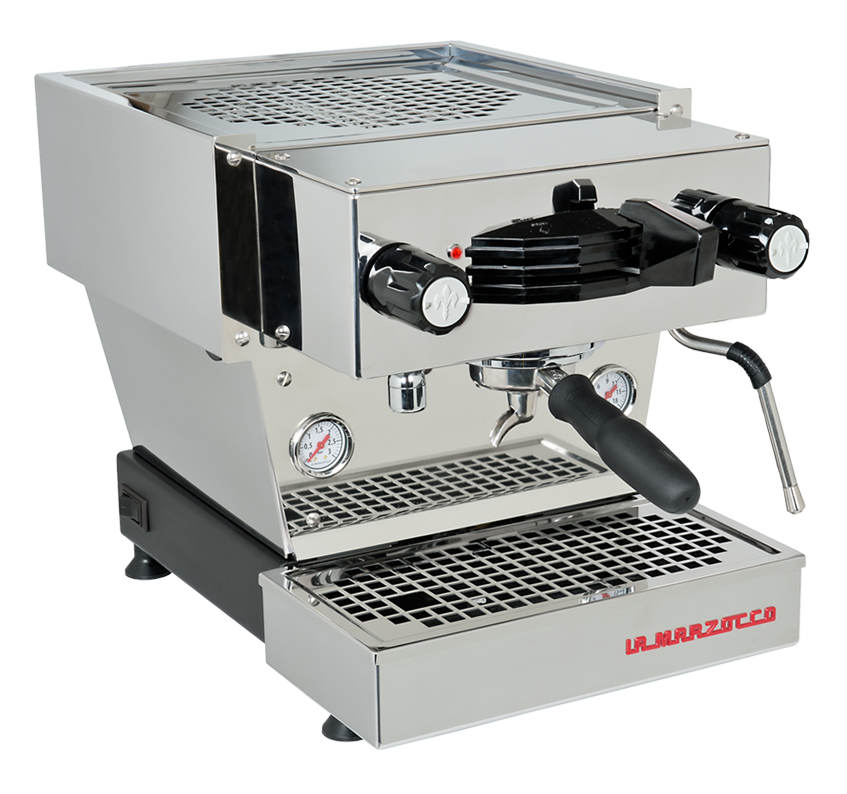This is quite a lengthy read but I suggest users read at least once in your life because the information might not be available elsewhere. When should you send your machine for service There is never a clear cut answer to that.
The answer will largely depend on the condition of water you are using, as in how hard is the water. The amount of usage, how well the owner maintains the machine by softening their water and flushing their groupheads regularly. All these will decide the status of the machine. Also how mission critical is the machine? Some process of maintenance, like descaling, may cause as much harm as good it can do the machine. As such, it’s not always better to over-service the machines unnecessarily.
The below information will elaborate more on the what's and whys.
Maintenance on which parts?
We will divide the machine into two main areas.

- The front area of the espresso machine, which consists of the grouphead and the steam wands.
- The internal water circuitry system, which consists of the pressure controllers, regulators, pump, heating element, water probes, relief valves and more.
Normally it’s (1) that gets the most wear and tear as that’s where the user will handle a lot. The gaskets will harden, gears might wear out, the chambers clogged. If you are having problems with wear and tear within this area, that’s a big relief, because it’s usually easy to fix. Basically, replacing with new parts, clean the chambers, replace the gaskets, etc. It might take some time, but it’s largely solvable. It’s hard to say when you really need to do maintenance for this section, we will say do it only when it’s necessary. Most users buy components and fix it themselves, especially for the commercial environment. Operators normally rectify the problem as soon as possible, than to arrange for the machine to be sent back for the repair.
Most don’t consider much about Part (2) which is the water circuitry system. That is the biggest folly. The problem with the water circuitry system is often due to the formation of limescale.
Limescales are basically solid particles formed from the minerals in the water. The harder is your water, the more it can form. Limescale can form in any types of espresso machines, including automatic machines. Limescale is the biggest bane to the espresso machine and is often the cause of most technical issues. It is like cancer to the espresso machine which directly affects its longevity.
If you have a limescale problem, then you will have a big headache and you will need to make a lot of hard decisions to make, often with expensive repairs.


